.jpg)
MIGHTY SOVEREINGS of OTTOMAN THRONE: SULTAN MEHMED the CONQUEROR
In the history of the Ottoman Empire, each sultan to come to the fore has had a different skill set. For example, Sultan Selim I – known as Selim the Grim or Selim the Resolute – and Sultan Murad IV stood out for their military skills while Suleiman I – commonly known as Suleiman the Magnificent in the West and Suleiman the Lawgiver in his realm – and Sultan Mahmud II drew attention with their statesmanship. Similarly, Sultan Abdülhamid II and Sultan Mehmed V Vahideddin came to prominence with their skills in diplomacy.
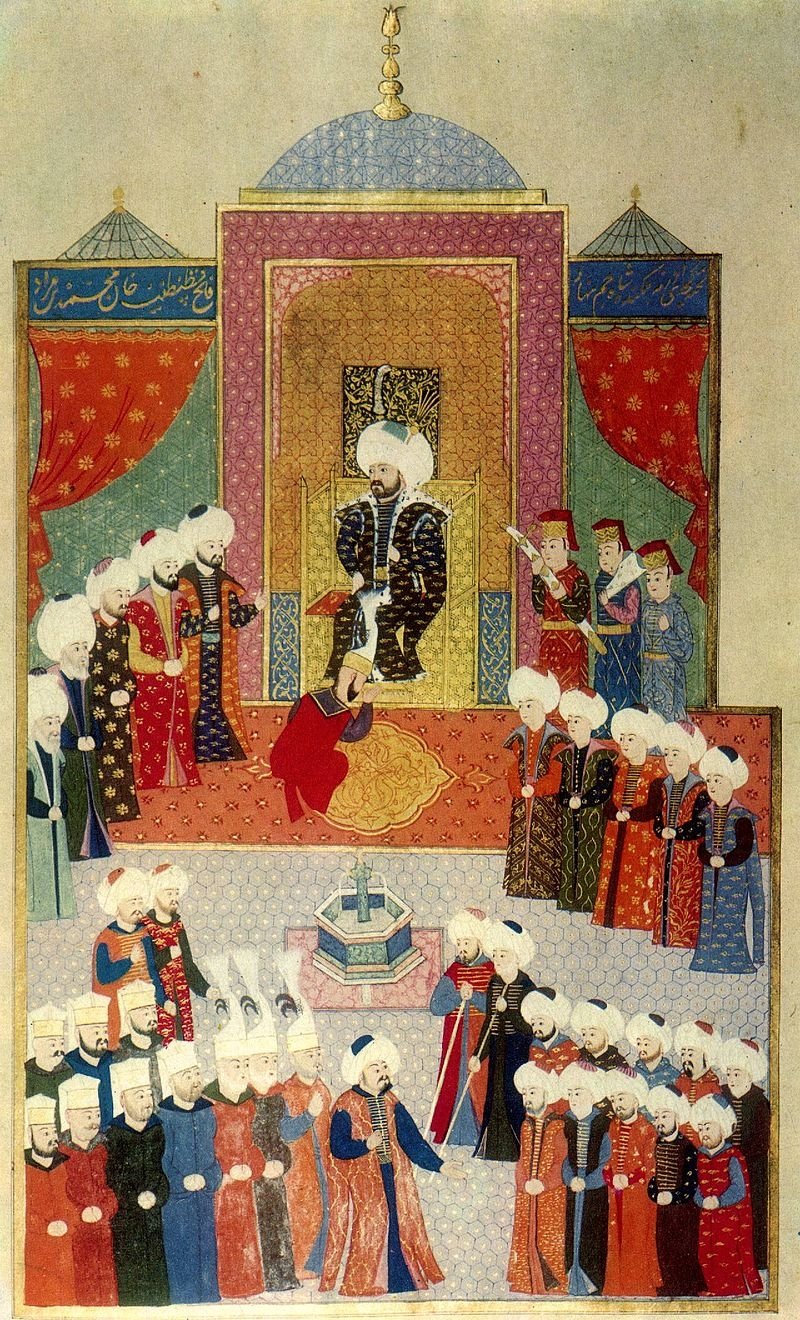
The seventh Ottoman sultan, Mehmed II, also known as Mehmed the Conqueror, proved his worth not only in statesmanship, military service and diplomacy, but also in fields like science and literature. In this respect, he was a complete philosopher ruler, the likes of whom are rare even in Europe.
New era
Sultan Mehmed II was born in 1432 to Sultan Murad II. His mother Hüma Hatun is believed to be a princess of the Isfendiyarids. Sultan Mehmed II was taught lessons by important scholars of the time. His father Sultan Murad II, who wanted to see his son reign while he was still alive, left him the throne. However, upon the attack of a large Crusader army, the young sultan called his father to the throne again. Mehmed II ascended the throne for the second time after Sultan Murad II's death in 1451.
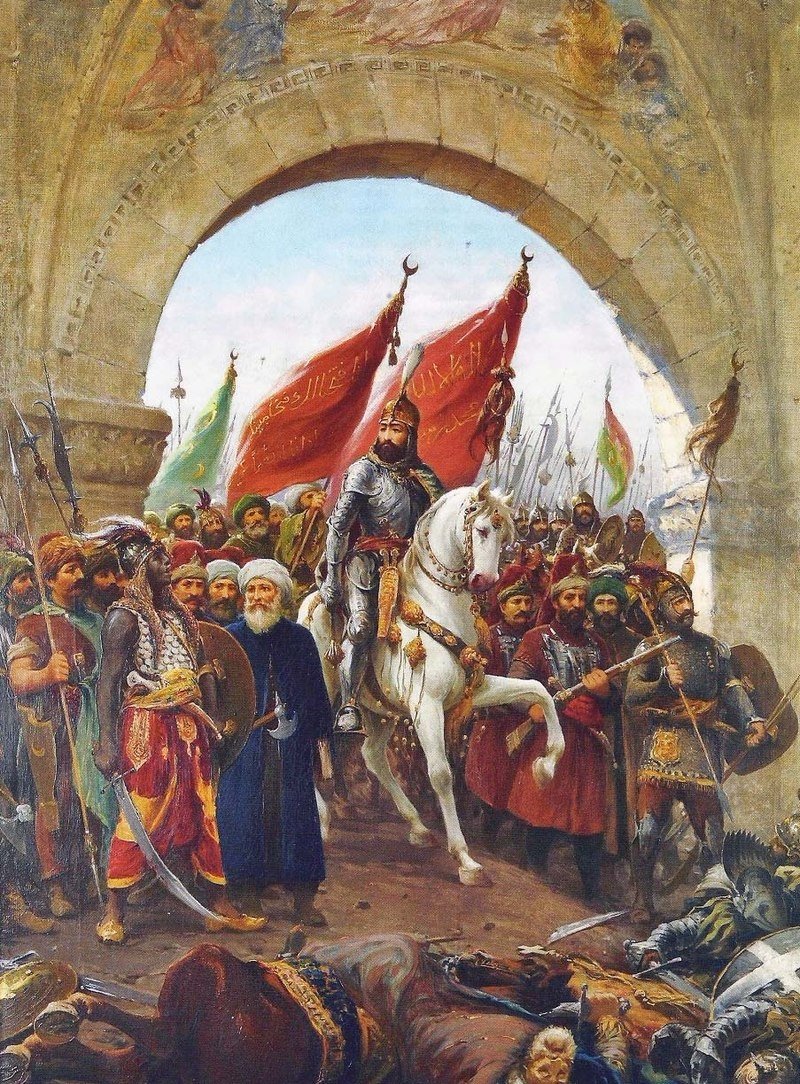
He immediately prepared for the conquest of Istanbul. In order to realize this idea in his mind, he first commissioned the Rumeli Fortress, which cut the city's Bosporus supply route. He had cannons manufactured that cooled down quickly. In order to bypass the chain that closed the Golden Horn, he ordered the ships to be rolled on wooden logs over Galata using immense manual labor. Once across the land, the ships were put back in water into the Golden Horn. Finally, after a difficult siege that lasted for 53 days, Istanbul, the pearl of the world, fell into the hands of the Muslims on May 29, 1453.
Thus, Sultan Mehmed II realized Prophet Muhammad’s hadith “One day Constantinople will be conquered. Great is the commander who will conquer it. Great are his soldiers,” which brought prestige to him in the Islamic world. After this, he began to be known as Ebu'l-Feth (Father of Conquest) and Fatih (Conqueror).
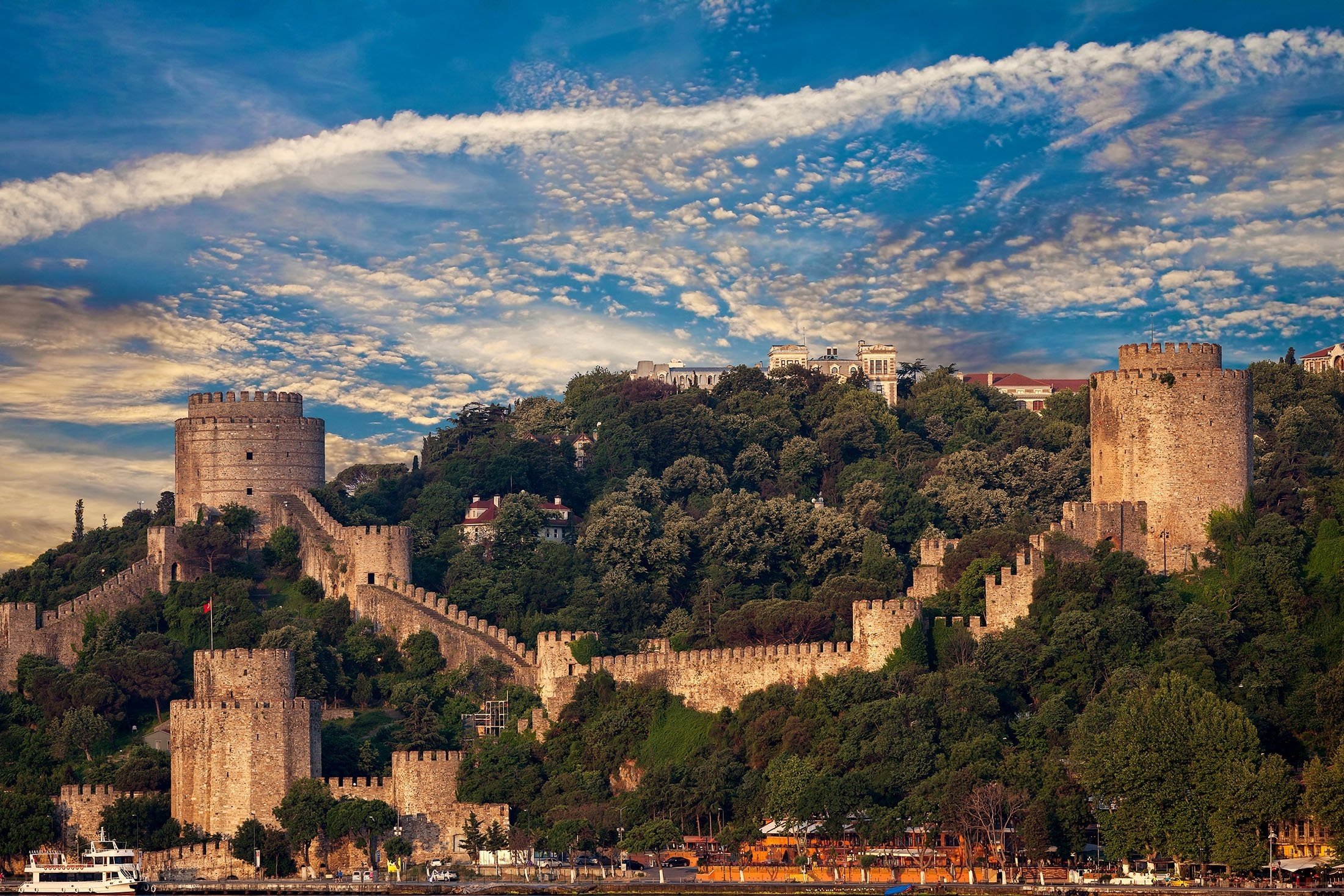
Sultan Mehmed II appointed a new patriarch to the vacant post of the Orthodox patriarchate after the conquest. As the protector of the Orthodox in his country, he gained power against the Catholics. The Ottomans rebuilt the ruined city, putting their mark on it.
With this conquest, the belief that Europe would not be able to stop the Ottomans was reinforced and people were pushed to embark on new explorations. At the same time, the Renaissance began. According to some historians, the conquest of Istanbul marks the beginning of the New Age.
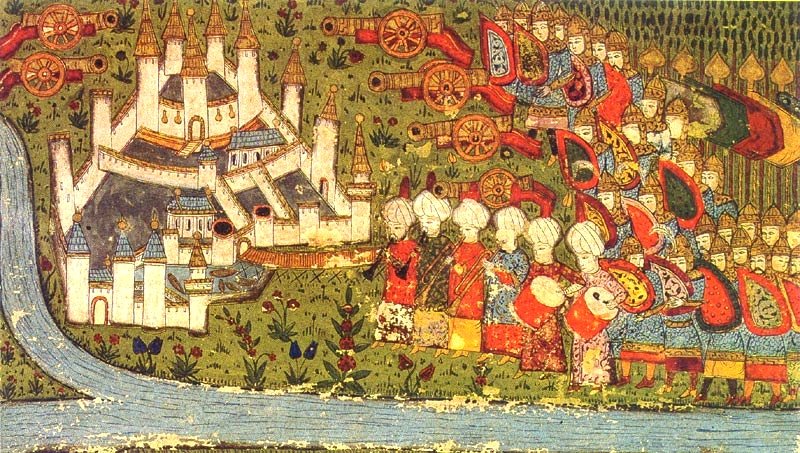
Need to deserve the title
After that, he annexed all of Serbia, with the exception of Belgrade, as well as the Peloponnese, Bosnia-Herzegovina and Albania. The regions of Wallachia and Moldavia were connected to the Ottoman Empire as autonomous principalities. The Byzantine remnant state that ruled under the name of the Kingdom of Pontus in Trabzon and the Beylik (principality) of Karamanids were completely destroyed.
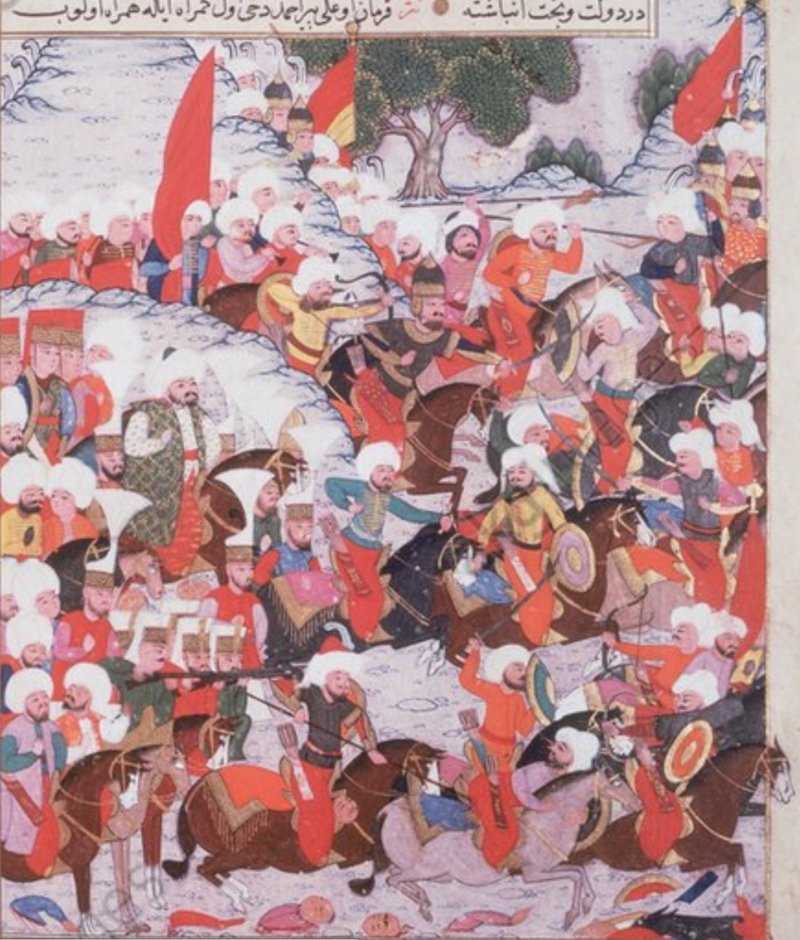
When Mehmed II advanced on Erzincan in 1461, Uzun Hasan Bey – the ruler of the Aq Qoyunlu Turkomans – sent his old mother to meet the sultan with gifts. The sultan welcomed the old lady respectfully. For the sake of the mother, he made peace with Uzun Hasan Bey and he went toward Trabzon through the Bolkar Mountains. The mountains were high and the roads were rough. The sultan was walking on foot. Uzun Hasan Bey's mother said, "Son, is it worth tiring yourself so much for Trabzon?" The sultan answered: “Mother! The sword of Islam is in my hand. If I do not endure these hardships, I will not deserve the title of veteran. I will be ashamed when I appear in the presence of Allah tomorrow.” Thus, he crossed the mountain and conquered Trabzon.
Aq Qoyunlu’s Uzun Hasan Bey, who ruled in Eastern Anatolia and Iran and was provoked by the former Anatolian beys and Venice, was defeated by Sultan Mehmed II in the Battle of Otlukbeli in 1473. Rumor has it that Uzun Hasan Bey said while retreating, “Oh Karamanid! Let your dynasty fall! You made me become notorious. What business did I have with Osmanoğlu (meaning sons of Osman and referring to Sultan Mehmed II)?” and told his sons not to fight the Ottomans. Sultan Mehmed II did not pursue him, saying, “It is not right to destroy the Muslim country, to overthrow the Islamic government and to struggle with Muslims.”
Three crowned medallion
After the conquest of Istanbul, the Ottoman state became an empire thanks to the territories attached to it. An empire is a great state to which various crowns are affiliated. The Crimean Khanate, one of the remaining states of the dissolved Golden Horde State, voluntarily entered Ottoman rule in 1475. The other khanates were captured one by one by the Russian Czar Ivan IV Vasilyevich, also known as Ivan the Terrible.
Sultan Mehmed II fought alone against 20 states, conquering 17 as well as more than 200 cities and castles. He was wounded in the forehead and knee during the siege of Belgrade. In his time, the Ottomans surpassed Venice in naval power and became the foremost navy in the world. The Black Sea and the Aegean became inland seas.
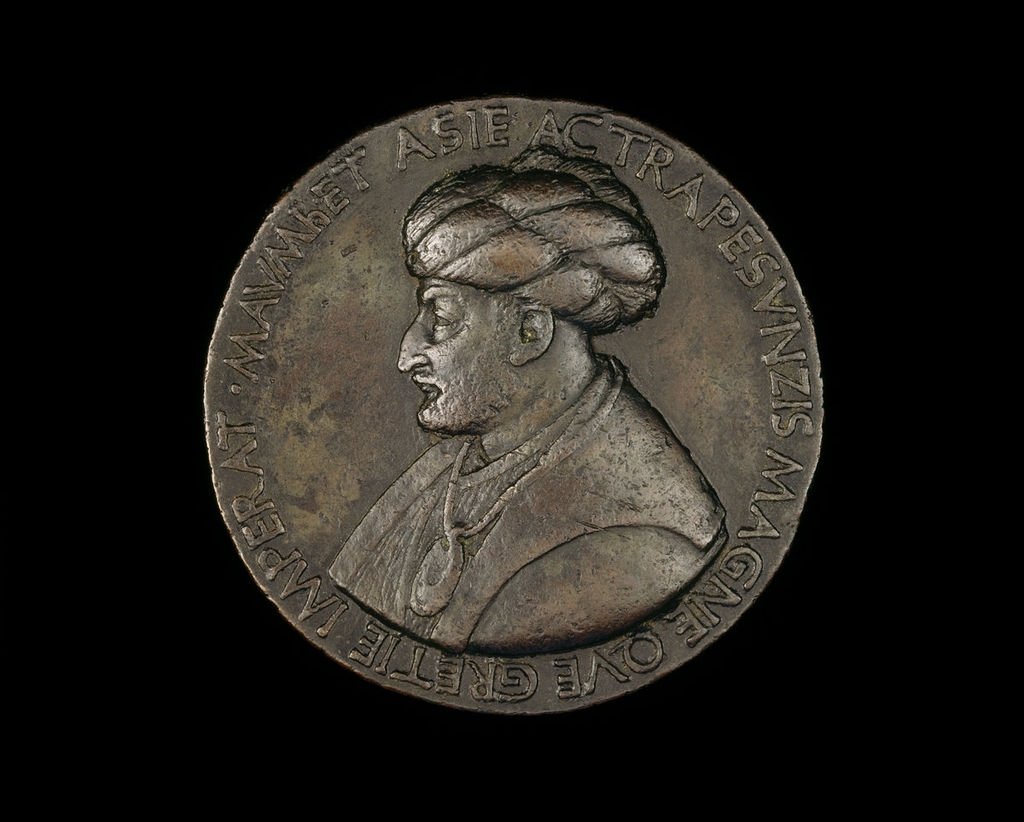
Thus, the Europeans recognized Sultan Mehmed II, who had many crowns including those of Crimea, Bosnia, Wallachia, Moldavia, Erdel and Albania, as the Eastern Roman emperor. The Italians saw him as the hero who would unite their shattered country, so much so that the duke of Florence printed the picture of Sultan Mehmed II on three-crowned medallions symbolizing the Ottoman, Eastern and Roman crowns.
The Ottoman army, moving in two branches, besieged Rhodes, the most important base of Christianity in the Mediterranean, with a fleet of 60 ships and Otranto, on the heel of Italy, with a fleet of 100 ships. Rhodes could not be captured, but Otranto fell.
Great eagle dies
In 1481, Sultan Mehmed II embarked on a military campaign, the goal of which was kept secret but was believed to be Italy through Egypt and Rhodes. However, the sultan, who was suffering from gout (podagra) for a while, passed away at the beginning of this campaign.
Thinking that the sultan would march on Italy after this expedition, Venice was very worried. They always saw a Turk presence on the peninsula as a danger to their own dominance and tried to prevent it. For this reason, there are some who say that the sultan was poisoned by the Venetian agents who were brought into the palace as doctors.
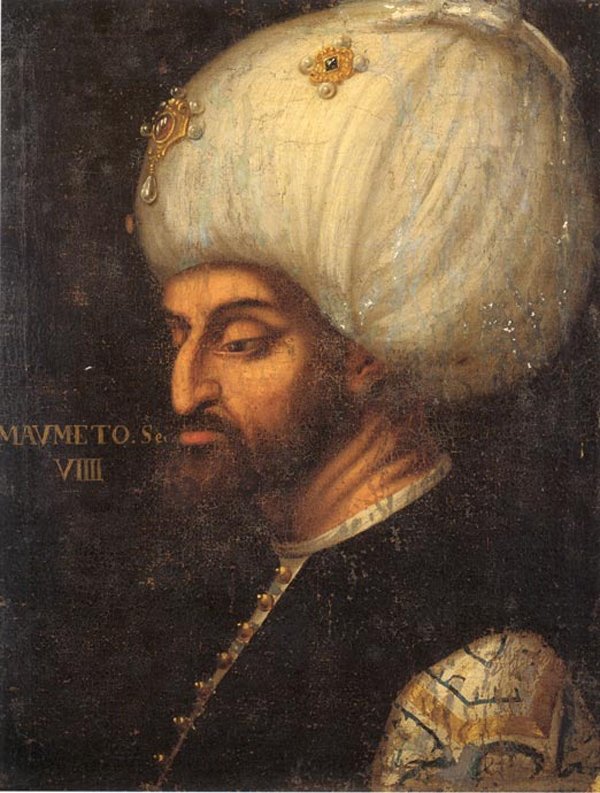
This death was immediately announced by Italian diplomats in the Ottoman country to Venice as: “La Grande Aquila è Morta!,” meaning The Great Eagle is dead. A short time later, a courier was sent to the pope in Rome to inform him about the sultan's death as well. Upon the death of the sultan, cannons were fired and festivities were held in Italy for days. With his death, the hopes of the Florentines and those who dreamed of the unification of Italy would not be fulfilled for four centuries.
Inferiority complex?
The personality of the sultan surprised some people so much that they had the suspicion that a ruler with such superior virtues could not be a Turk or a Muslim. They even alleged that he owed these characteristics to his mother, whom they claimed was French. These were the superstitious obsessions brought about by not being able to bring forth an exceptional person like Sultan Mehmed II.
Sultan Mehmed II was a sincere Muslim. He did a great job in protecting the purity of religion by punishing the Hurufis who got into the palace. Hurufism is a doctrine based on the mystery of letters (huruf) and that claims to understand the esoteric meaning of the Qur'an in this way.
He took lessons from the most outstanding scholars of the time and rose to the level of an Islamic scholar in terms of knowledge. He had also some Greek and Italian teachers.
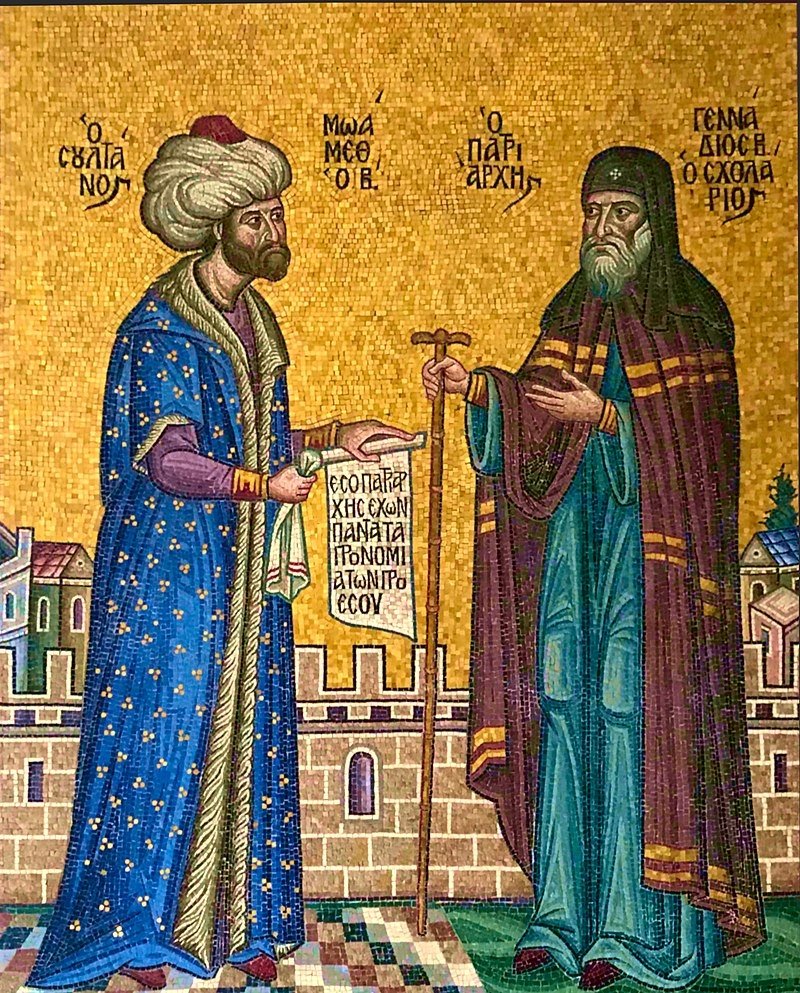
He gave great value to scholars and craftsmen and liked to have a conversation with them. Molla Hüsrev, Molla Gürani and Akshamsaddin, who had been his teacher since his youth, are the most famous of these scholars. Like his father, he was a member of the Mevlevi order. The university he founded in Istanbul constituted the highest level of the Ottoman education system. There was no longer any need to go from Anatolia to Egypt, Iran or Turkistan for education.
Many religious and scientific scholars from the East, Arabia and Iran came to Istanbul and entered into the service of the sultan and received his compliments.
Latin miter or Turkish turban?
Sultan Mehmed II developed the state organization with the laws in the constitution he had prepared. He redesigned the palace academy named Enderun. He found it more advantageous for state interests to employ statespeople called devshirme (a system that trained non-Muslim citizens of the empire to be officers of the state) rather than statespeople of Turkish origin. His tactics in foreign policy were remarkable. He knew European politics like the palm of his hand through the intelligence agency he founded, delivering decisions at the right time. He believed in the importance of propaganda.
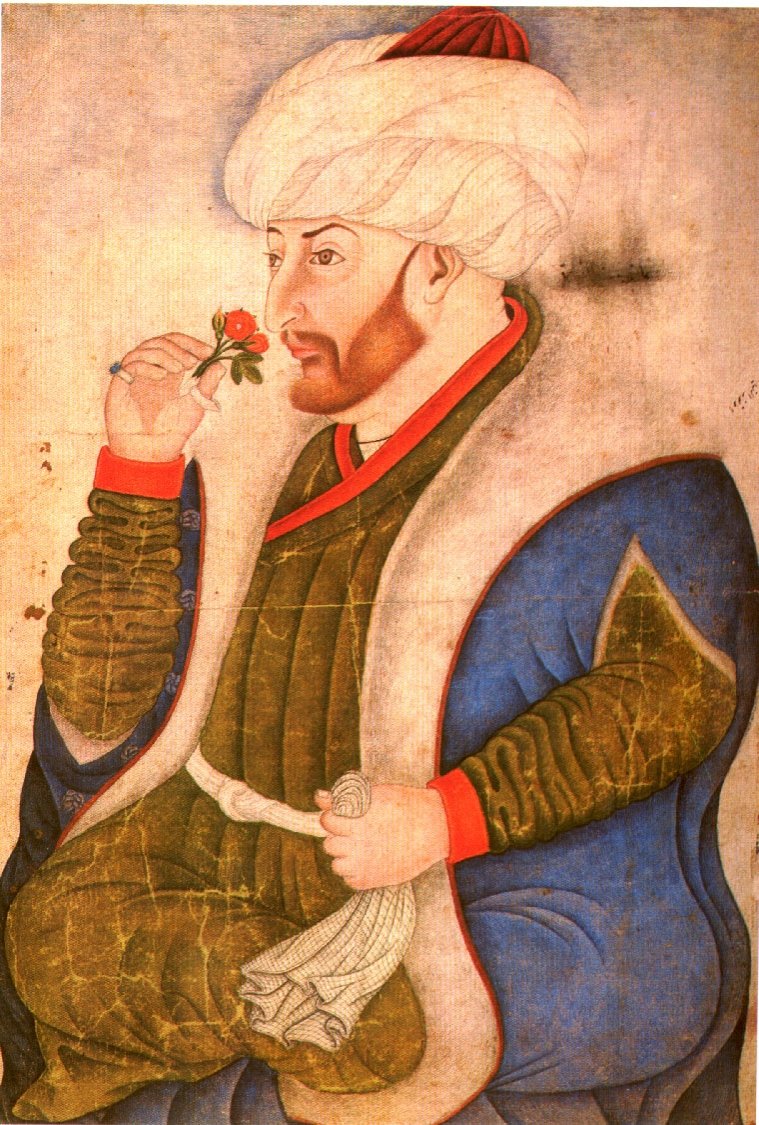
He showed tolerance to the beliefs and customs of the people. When his conquests in Rumelia brought him to the Serbian border, Brankovic, the king of the Serbs of the Orthodox sect, remained in between the Hungarians and the Ottomans. He sent one envoy to Sultan Mehmed II and one to the Hungarian king John Hunyadi. He was asking to both rulers how the religion of the Serbian people would be treated if Serbia were left to their administration. The Catholic Hungarian king said that he would demolish all Orthodox churches and build Catholic churches in their place. Sultan Mehmed II's response was, as always, unprecedented: "I would allow a church to be built next to every mosque and allow everyone to worship according to their own religion.” Thus, Serbia easily came under Ottoman rule.
In the days before the conquest of Istanbul, the Byzantine mezason (chief minister) Loukas Notaras said, "I would rather see the Turkish turban (Muslim rule) in the midst of the city than the Latin mitre (Catholic rule)." The concessions granted to the Orthodox and Genoese after the conquest helped the Ottomans advance rapidly in Europe and prevented the union of the Orthodox and the Catholics.
Philosopher sultan
Sultan Mehmed II is considered one of the greatest and most colorful personalities in Turkish and world history. The charity works that he provided across the country, his respect for scholars and even his legendary life constitute sufficient evidence of his strength of character.
He studied Arabic, Persian, Hebrew, Serbian, Italian, Latin and Greek. He was a master poet to the extent that he had written a collection of poems, known as a diwan, under the pen name Avni. He was sophisticated and had a vast knowledge of the world. He even had enough knowledge to make explorations in mathematics and ballistics.
He had a grasp of Oriental literature and Greek philosophy. Historian Critovulos calls him "one of the philosophers with the keenest intelligence." Byzantine historian Doukas, on the other hand, said that he expended considerable effort to solve thousands of issues that came to his mind and decided and implemented his expeditions based on maps.
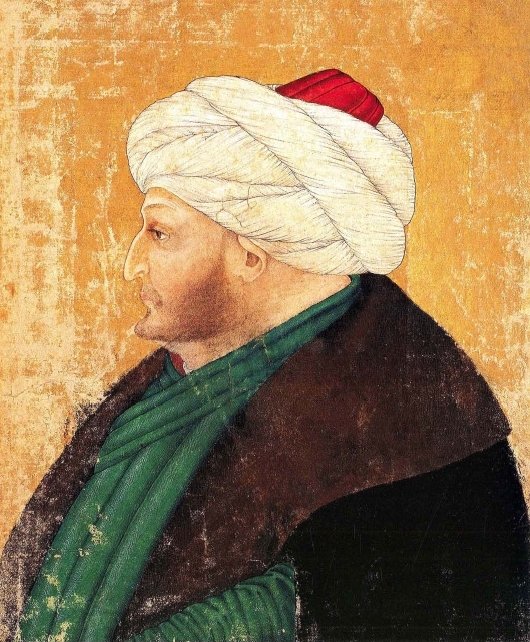
Scottish orientalist Elias John Gibb said that as soon as he ascended the throne, he took action to fulfill the hadith of Prophet Muhammad. French historian Gustave Schlumberger, on the other hand, says that this conquest was one of the greatest events in history and gave the Turks a superiority that lasted for centuries.
German historian Franz Babinger, who wrote a book about Sultan Mehmed II, said: “He is the greatest of all emperors. It is impossible to compare him with anyone else. He laughed little, worked hard; he was generous, brave, persevering his ideas, and had a strong tolerance for every challenge. He didn’t like pleasure and debauchery. He used to read books. As he read the European history as well, he knew the history and geographical situation of this continent very well.”
308 mosques in 30 years
Sultan Mehmed II is said to have been of medium height and solidly built with a round face, wide forehead and an aquiline nose. He was well-dressed and had a sense of style. He wore a mucevvez turban, which was the formal turban worn by people like the ulama (scholars). He didn’t like to talk to many people and kept his secrets to himself. He even ate alone. This was the result of the decency and dignity idiosyncratic of rulers.
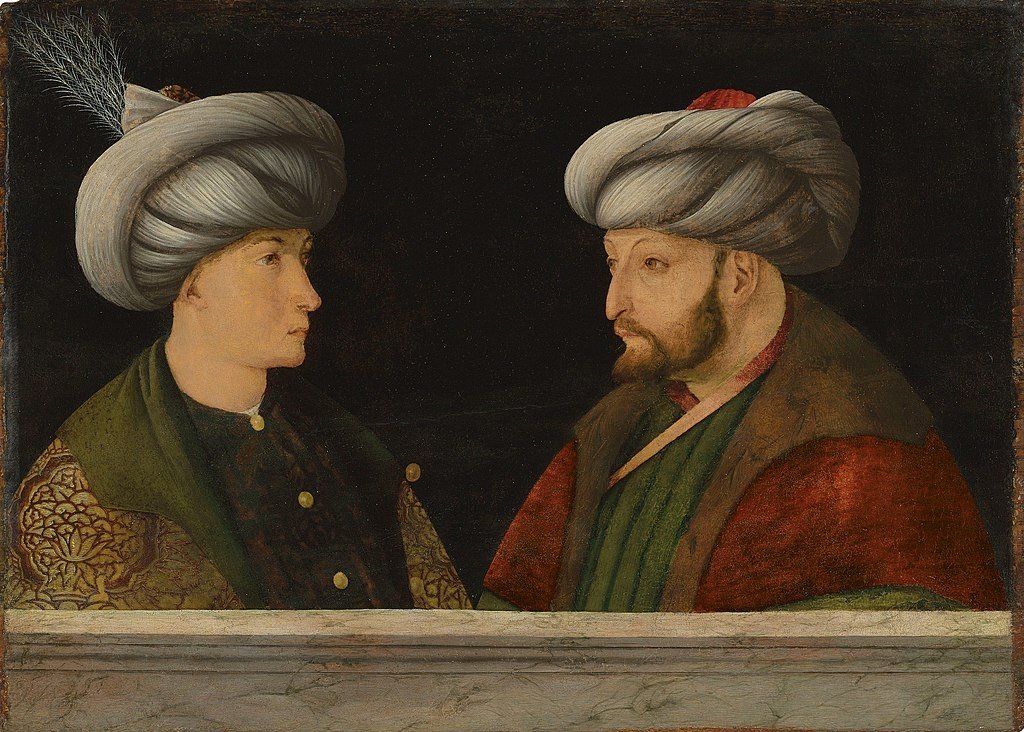
He didn't pay much attention to harem life. He married princesses from the Palaiologos and Komnenos families of Byzantine origin along with Dulkadir Princess Sitti Mükrime Hatun, Karamanid Princess Gülşah Hatun and Hadice Hatun, the daughter of vizier Zaganos Pasha. It is said that his wife Çiçek Hatun was the sister of the king of France who was in Istanbul at the time of the conquest. He had three sons named Bayezid, Mustafa and Cem. Şehzade (prince) Mustafa died at the age of 23 while his father was alive. His only daughter named Gevherhan married the son of Aq Qoyun ruler Uzun Hasan Bey.
After the conquest of Istanbul, he converted the Hagia Sophia Church into a mosque, which legally became booty. For this work, he established foundations. He also commissioned large and small mosques in the city along with the Hagia Sophia. He had a tomb built on the grave of Abu Ayyub al-Ansari, who was one of the companions of Prophet Muhammad and died during the siege of Istanbul, and a mosque next to it. This place has become one of the most spiritual places in Istanbul, as well as an official place where ceremonies such as sword-wielding are held.
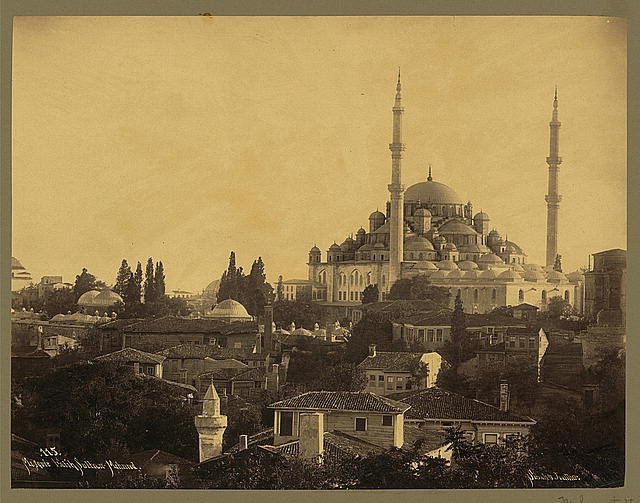
He commissioned a mosque, madrassa and imaret (soup kitchen) for Sheikh Vefa. He had a large mosque built on the site of the destroyed Church of the Holy Apostles in the middle of the city, on one of the seven hills. The Fatih Mosque, which was built between 1457 and 1470, is a large complex with a madrassa, imaret and hospital. Sultan Mehmed II was buried in his tomb here. There are mosques and charitable works built around Rumeli Fortress and in many corners of the Ottoman Empire. mentioning that 308 mosques that were built during his 30-year reign can give an idea about the extent of his reconstruction activities.
Önceki Yazılar
-
THE FIRST UNIVERSITY IN THE WORLD WAS FOUNDED BY MUSLIMS3.12.2025
-
WHO BETRAYED PROPHET ISA (JESUS)?26.11.2025
-
IT HAS BEEN MORE THAN 100 YEARS SINCE ITS ABOLITION, BUT... IS THE CALIPHATE BEING REESTABLISHED?19.11.2025
-
GREETINGS TO YOU, O OTTOMAN SANJAK!…12.11.2025
-
ROTHSCHILDS BROUGHT THE END OF THE OTTOMAN EMPIRE!5.11.2025
-
SHEIKH BEDREDDIN, SON OF THE QADI OF SIMAVNA29.10.2025
-
THE ROOTS OF THE ENGLISH POLITICIAN IN TURKEY – THE TRAGIC END OF ALI KEMAL BEY22.10.2025
-
WHERE IS THE RED APPLE?15.10.2025
-
THE ABBASIDS IN ANATOLIA1.10.2025
-
IMAMS AND MUFTIS AS OFFICERS IN THE OTTOMAN ARMY24.09.2025